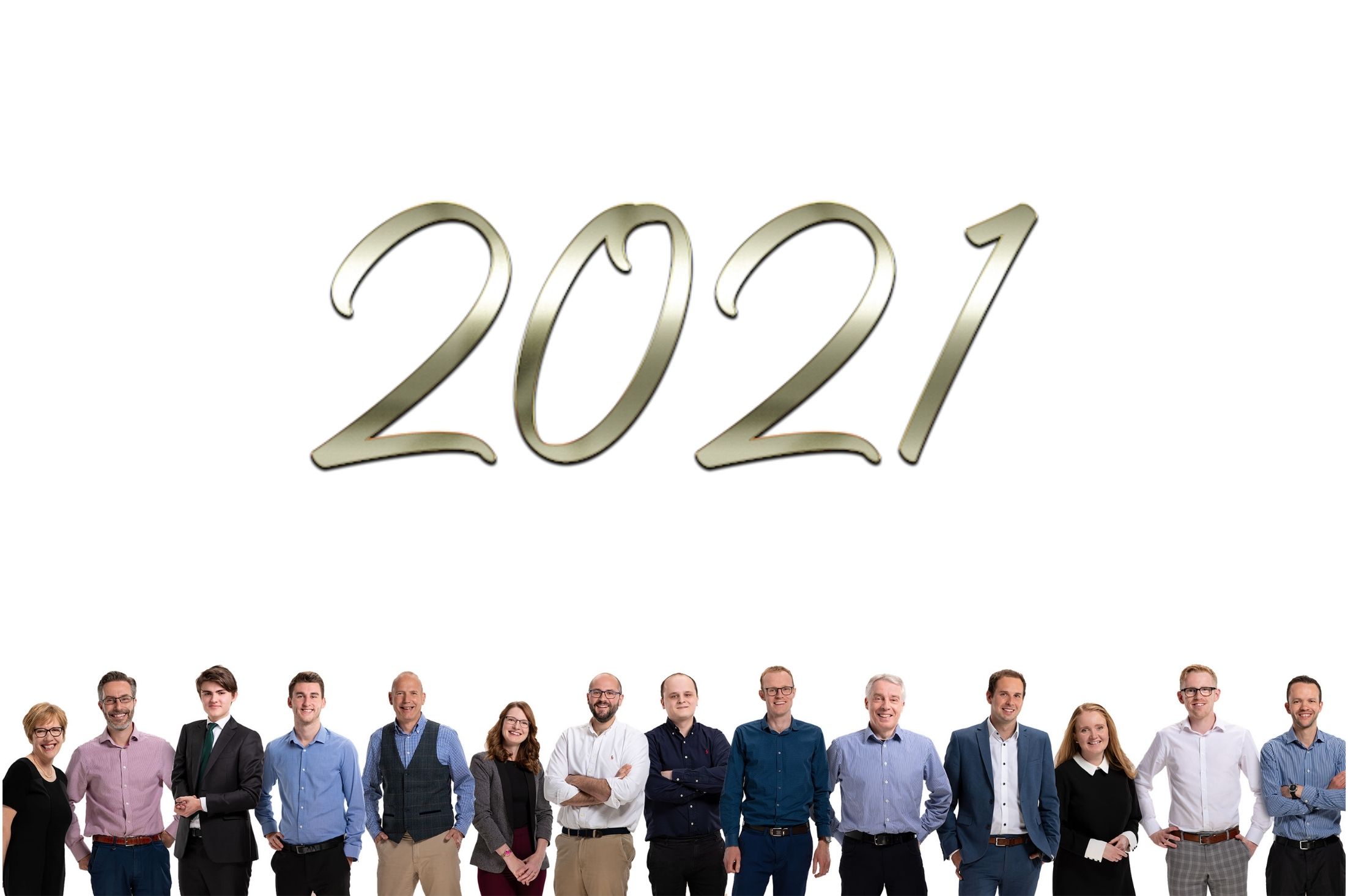As 2020 draws to a close, Jonathan Jenkin, Managing Director of Planning & Design Practice Ltd looks back to review a turbulent and uncertain year, whilst looking ahead to the opportunities of the new year.
In my review last year I envisaged 2020 as a year for growth for the businesses, we had recruited well in 2019 and new staff members were finding their feet. The New Year began in that vein and tackling climate change through our architecture and through planning was top on the agenda, with the aim of moving our clients towards a greener future using less energy, releasing less Co2 and designing in resilience. We set our selves new targets and sought to define our broader aims and values as a company.
We upgraded our internet service in the autumn of 2019 and it proved to be fortuitous because by the end of March everyone was working from home. The planning system carried on working, local government was quick to adapt and our deadlines and the issuing of planning decisions continued. Some applications were held up because it took time to create virtual planning meetings but by June and July these were up and running in most parts of the country. The building industry stopped for only a short period before it too was up and running and construction re-started in early May.
By June, staff started to drift back to the office and we agreed to a blended model of home and office working to maintain social distancing but to keep some of the gains of office life. The loosening of Covid restrictions, a wonderful dry and sunny spring led to an upturn in business activity during the summer. The government extended permitted development in September and issued a new planning white paper. Climate change has not gone away and a semblance of normality began to creep into our working lives.
In September, the Covid 19 cases began to rise and activity was suppressed and generally as autumn gave way to winter, the level of suppression has increased. We continue to operate a blended model of home and office based work, we continue to meet with clients (while meeting social distancing requirements) and we continue with site visits and our engagement with Local Planning Authorities.
The housing market has proved to be robust because of a huge injection of money into the economy by the Bank of England combined with the reduction in Stamp duty. The price of housing in rural and coastal communities has risen sharply as internet based working from home has led to some people seeing a future for themselves where they do not have to commute and can live where they want, no longer tied to the shackles of the office. But for young people in particular and those on smaller incomes, home working is not always a viable option. They do not have the space; they do not have the internet connections and home working can be socially isolating. The office has an important social and community function which should not be overlooked. The office for us has proved to be a more creative space and this is exemplified by our weekly architectural team meeting which brings team members together to review work and to discuss problems. The office also helps to build mutual support and understanding as people spend time with each other.
Virtual planning meetings and on line planning appeals have required new ways of working. While councils are able to make planning decisions, the level of public participation has been reduced. Several councils do not allow speakers to address the planning committee direct and some planning officers and conservation officers have proved difficult to contact. Virtual planning appeals can be difficult to manage and we are reliant on all the participants have good internet access.
As the suppression of social activity and social contact continues, these virtual systems will become embedded and will only change back slowly as greater social contact is allowed.
Covid 19 exposed the poor quality of much of our housing stock, its lack of space and often the lack of private outside space particularly in our cities. In lockdown, you need to get outside and if you are working from home, you need space to work. The government have finally acknowledged that the Class ‘O’ permitted development office to residential conversion rights have created sub-standard housing and all new development will have to provide all habitable rooms with natural light and from April 2021 meet minimum space standards. But this is not enough. All new housing should have private open space with minimum outside space standards. Flats need balconies and terraces and these need to be large enough to provide real benefits to residents. All new residential units and residential conversions will need to include working from home space and this will require additional floor space and higher minimum space standards.
The new planning white paper drew very few plaudits and much criticism. This came from within the Conservative party and from the architectural and planning professions. The paper is due to be translated into legislation in the spring, but I expect delays and a rough passage through parliament. One of the key problems for the government is its ideology of individual freedom when confronted with a public community based planning system where local people can decide on what can be built and where, affecting the rights of those who own land and buildings.
Planning is about society and community, where the interests of the community are greater in law than individual rights. The problem for the government is that many conservative voters benefit from and support the planning system. They want and like to be able to make decisions about their own communities and be able to protect their own quality of life against development and developers. Green belts, AONBs, conservation areas and limitations on development outside towns and cities benefit the better off more than the poor. The planning system by regulating development by the community tends towards the status quo.
To get round some of these restrictions the government has expanded permitted development rights which have begun to hollow out the planning system, but this approach is reaching the end of what can be achieved as new permitted development rights are so complex (to protect legitimate concerns) that they amount to a planning application in all but name.
Permitted development is fertile ground for consultants like us; they do provide back stop positions and can help to deliver development. But they also make the system very complex and difficult to navigate and require an ever deeper understanding of the system to maximise development opportunities.
Looking towards 2021 it will be a quiet start, but I remain optimistic about the future. We have a great team here at Planning and Design who are committed and enthusiastic. There is much work to do to improve people’s lives and we will be there to make our contribution.
Jonathan Jenkin, Managing Director, Planning & Design Practice Ltd




